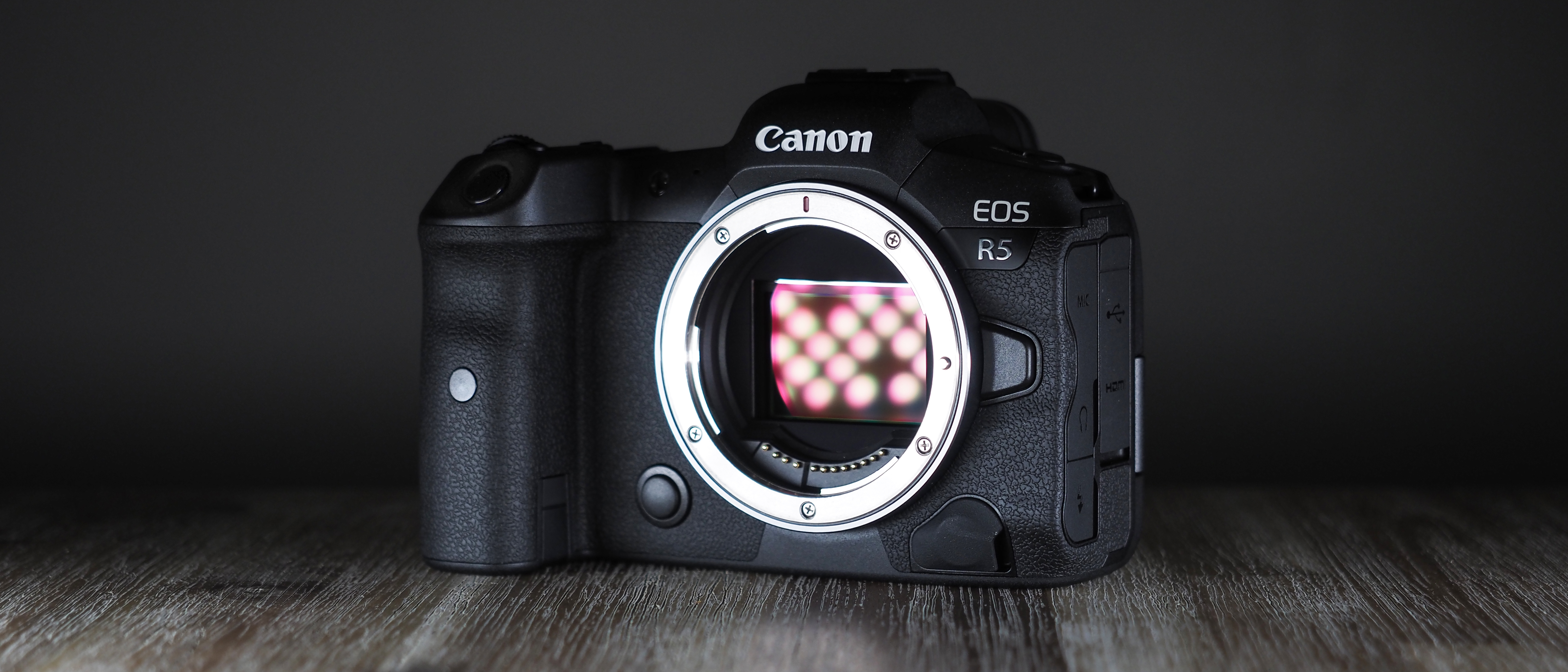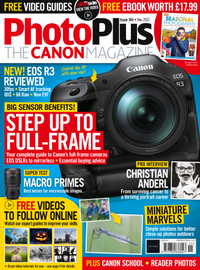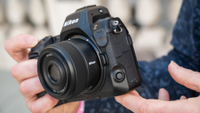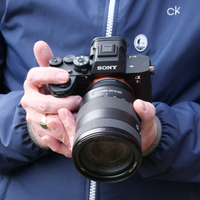Digital Camera World Verdict
As a stills camera, the Canon EOS R5 is still one of Canon's finest products ever. It’s the perfect amalgamation of the earlier EOS R’s form, the EOS 5D’s function, and the professional-grade autofocus of the EOS-1D X. If you're a stills or hybrid shooter who flits between photography and videography, it's one of the best cameras you will ever have the pleasure of using. Alas, we can’t recommend the R5 if your primary interest is pure video shooting. Don’t get us wrong, its video is incredible – but though they've been helped by firmware updates, having to navigate some overheating restrictions prohibits it from being your A-camera (unless you only shoot 4K 30p, in which case you don’t need the EOS R5 anyway).
Pros
- +
Pristine image quality
- +
Excellent AF
- +
Excellent full-frame IBIS
- +
8K video is astounding
- +
Lightning-fast burst
Cons
- -
Some 8K recording limitations
- -
Standard 4K is just okay
Why you can trust Digital Camera World
Launched back in July 2020, the Canon EOS R5 has only recently been superseded by the EOS R5 Mark II, and even then only in certain key areas.
No camera in recent memory received or, dare we say it, deserved this amount of hype. The original Canon EOS R5 was and still is a powerhouse performer in every possible respect, even today; its 8K video outclasses many of the best cinema cameras, its shooting speed puts it on par with the best cameras for sport, and its 45MP sensor outmuscles all but a few of the best mirrorless cameras, and its 8-stop in-body image stabilization is only 0.5 stops behind the 8.5-stop compensation in the EOS R5 Mark II.
Of course, something had to be too good to be true. No sooner had the EOS R5 been revealed than the realities hit home regarding the headline video capabilities – and ironically, those red-hot specs are literally too hot for the camera to handle, as the R5 is subject to recording limitations to prevent it overheating.
• Head to head: Canon EOS R5 vs R6
So, just how painful is this sting in the tail – and is there anything else on that remarkable spec sheet that has also proved too good to be true? The early overheating dramas turned out to be just so much hot air as subsequent firmware updates have made them much easier to manage and, in fact, the EOS R5 has had a whole succession of feature and performance-enhancing updates since its launch.
With the R5 otherwise having all the ingredients to be the best Canon camera we’ve ever seen, let's see if it can possibly live up to the ridiculous hype…
Canon EOS R5 : Specifications
Sensor: 45MP full-frame CMOS 36 x 24mm
Image processor: Digic X
AF points: 5,940 Dual Pixel CMOS AF II
ISO range: 100-51,200 (expandable to 50-102,400)
Stabilization: 5-axis, up to 8 stops
Max image size: 8,192 x 5,464px
Metering zones: 384
Video: 8K DCI or UHD at 30p, 24p / 4K DCI or UHD at 120p, 100p, 60p, 50p, 30p, 25p, 24p / 1080p (FullHD) at 60p, 50p, 30p, 25p, 24p
Viewfinder: 0.5-inch OLED EVF, 5,690k dots, 100% coverage, 0.76x magnification, 120fps refresh rate
Memory card: 1x CFexpress type B, 1x UHS-II SD/SDHC/SDXC
LCD: 3.15-inch fully articulating touchscreen, 2,100k dots.
Max burst: 12fps mechanical shutter, 20fps electronic shutter
Connectivity: Wi-Fi 5Ghz and 2.4GHz, Bluetooth 4.2, USB-C (USB 3.1 Gen 2), micro HDMI (type D), microphone, headphone, N3 remote, flash sync, gigabit ethernet (via WFT-R10 grip)
Size: 135.8 x 97.5 x 88mm
Weight: 650g body only (738g with card and battery)
PhotoPlus: The Canon Magazine is the world's only monthly newsstand title that's 100% devoted to Canon, so you can be sure the magazine is completely relevant to your Canon camera system. Every issue comes with free video tutorials and free ebook. Don't miss our Christmas subscription deal – you can save 63% on our Premium print and digital subscription package.
Up to 63% off Offer ends 4th January
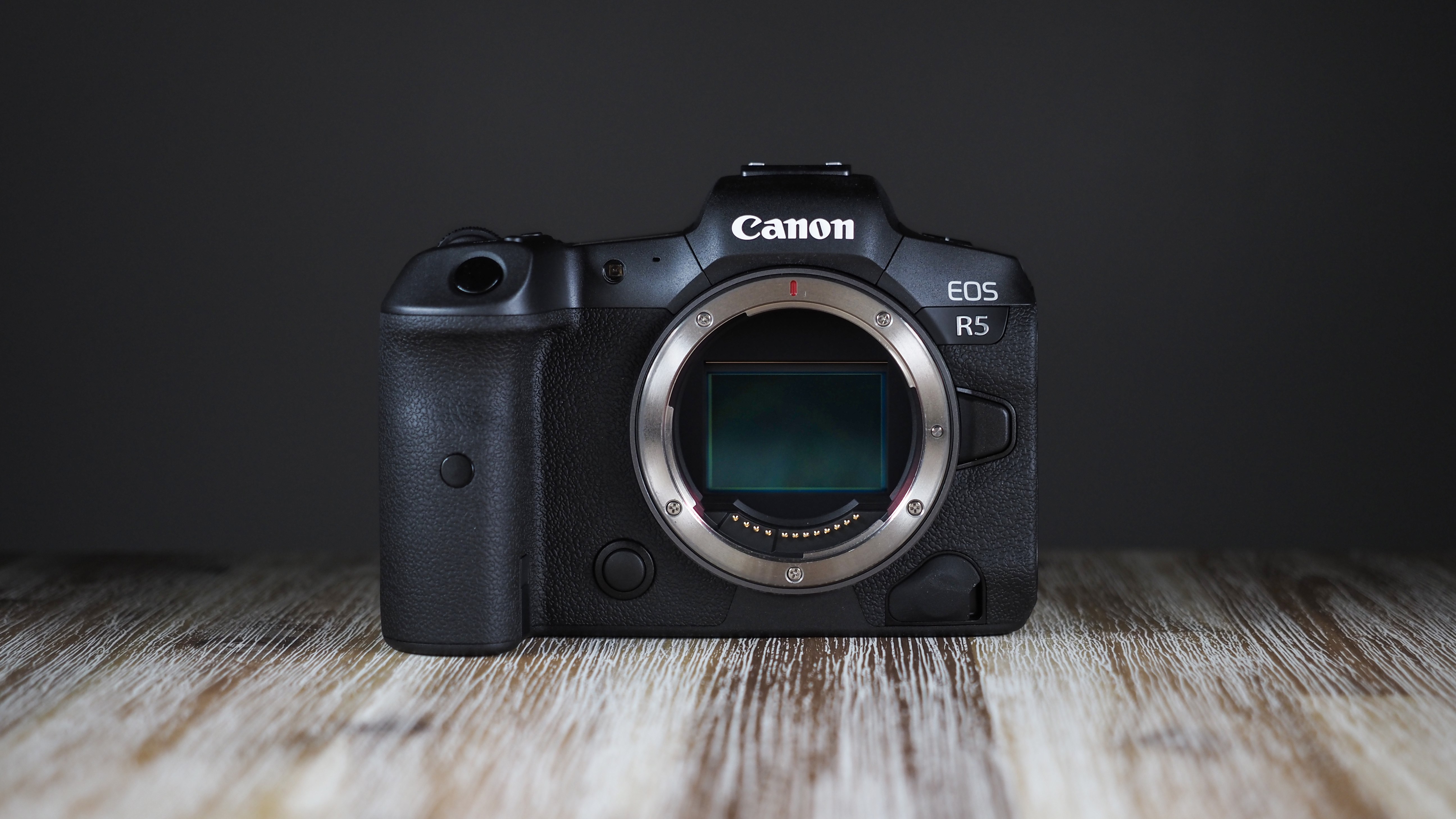

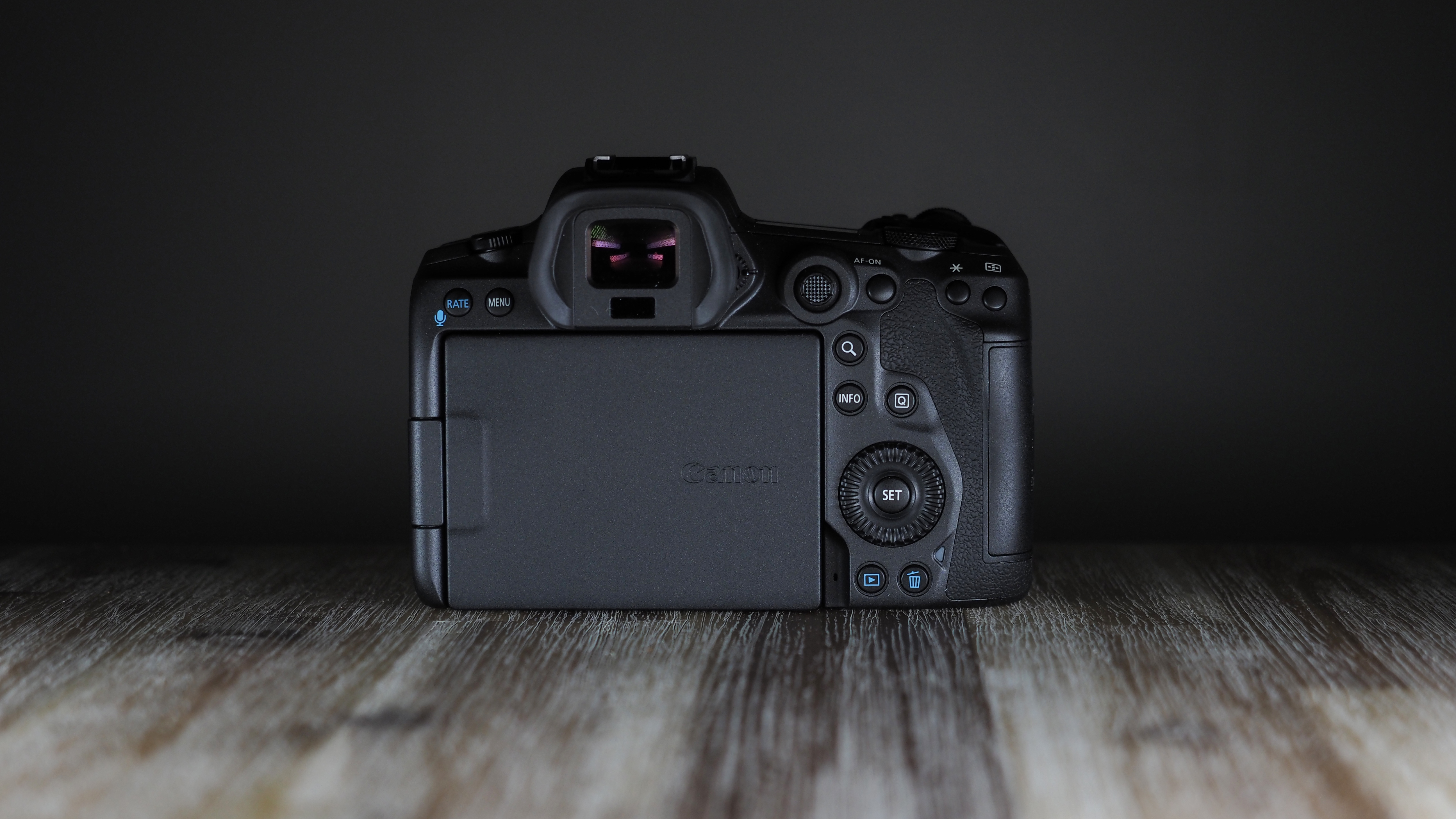
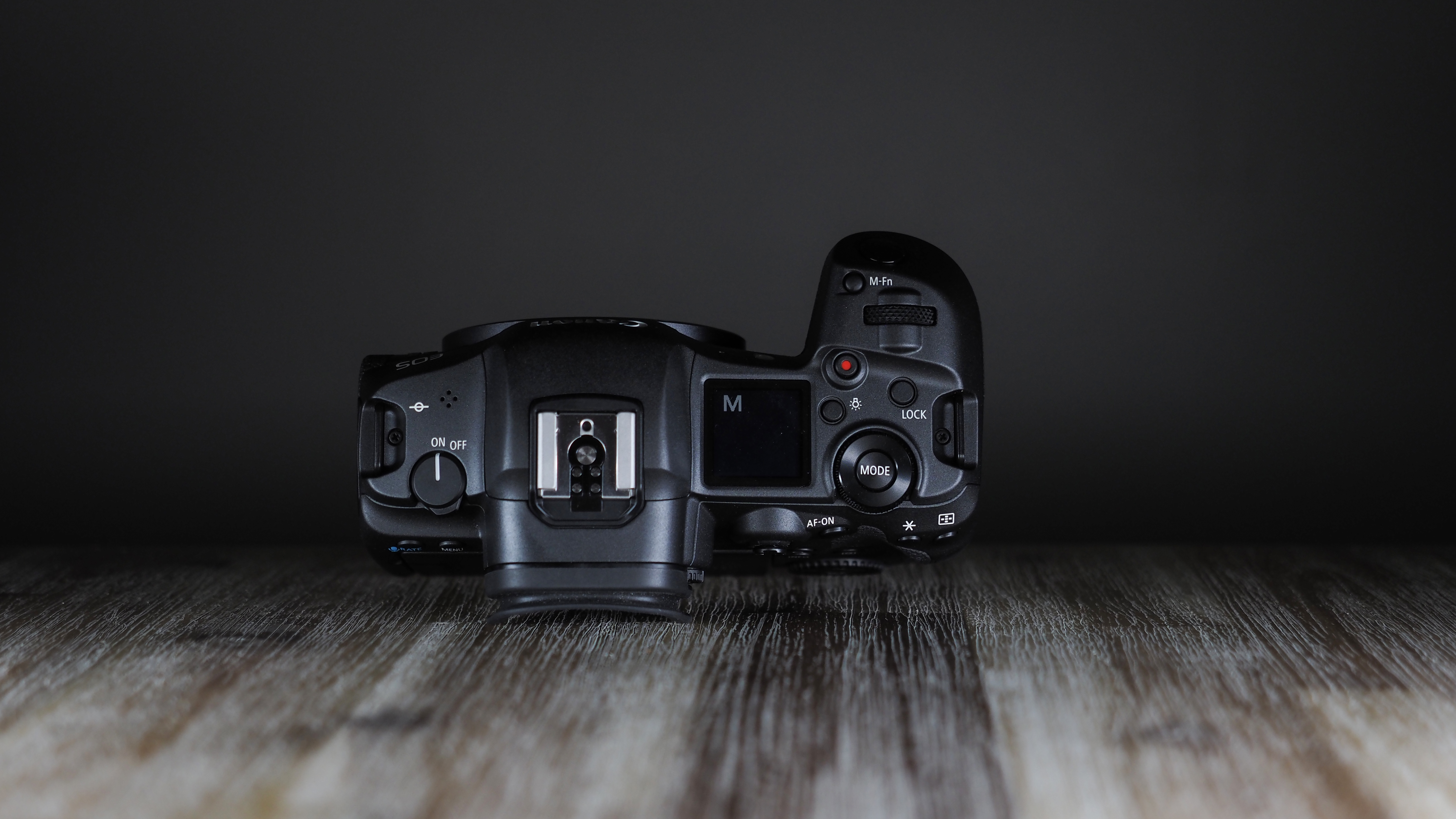

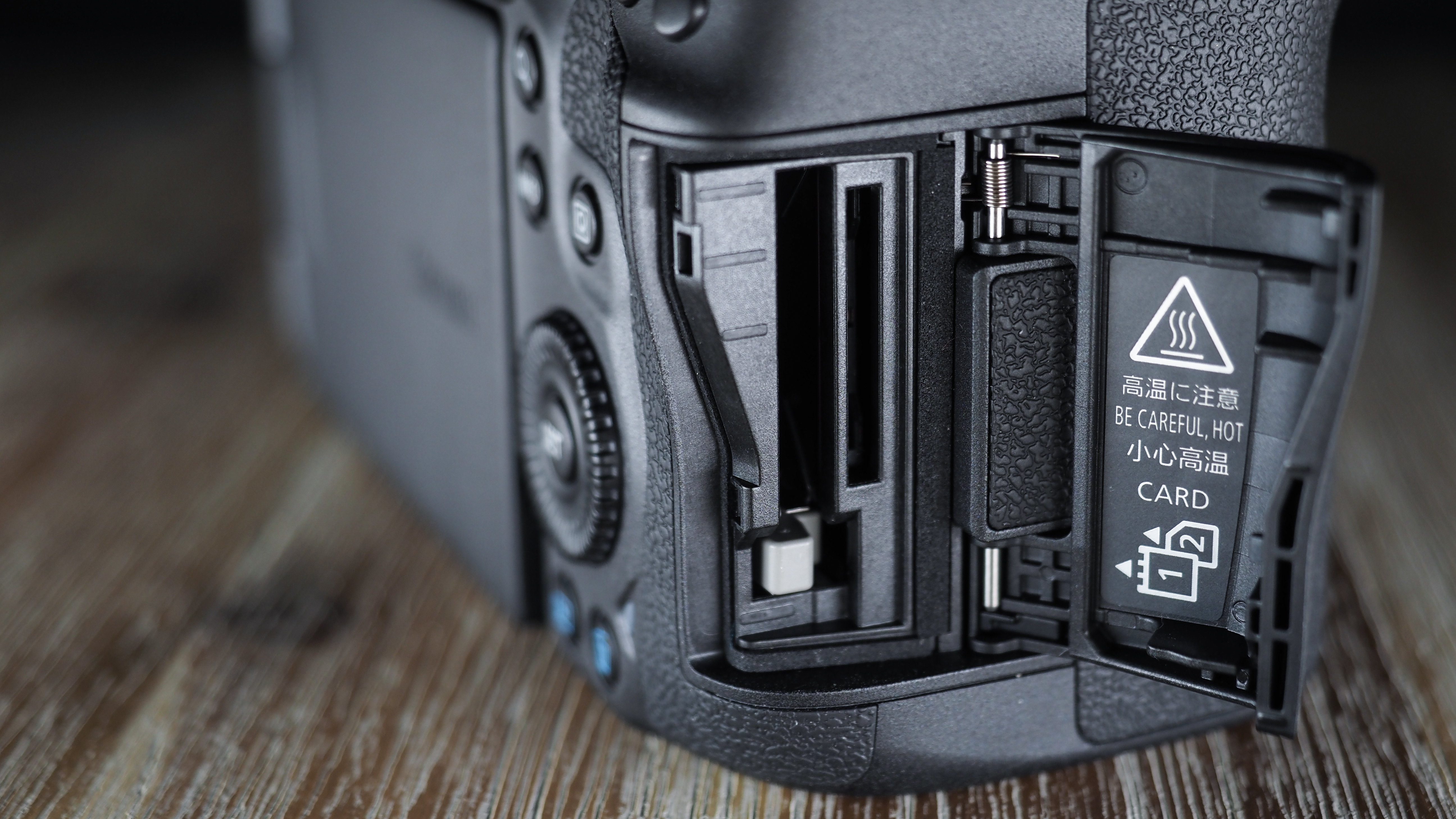
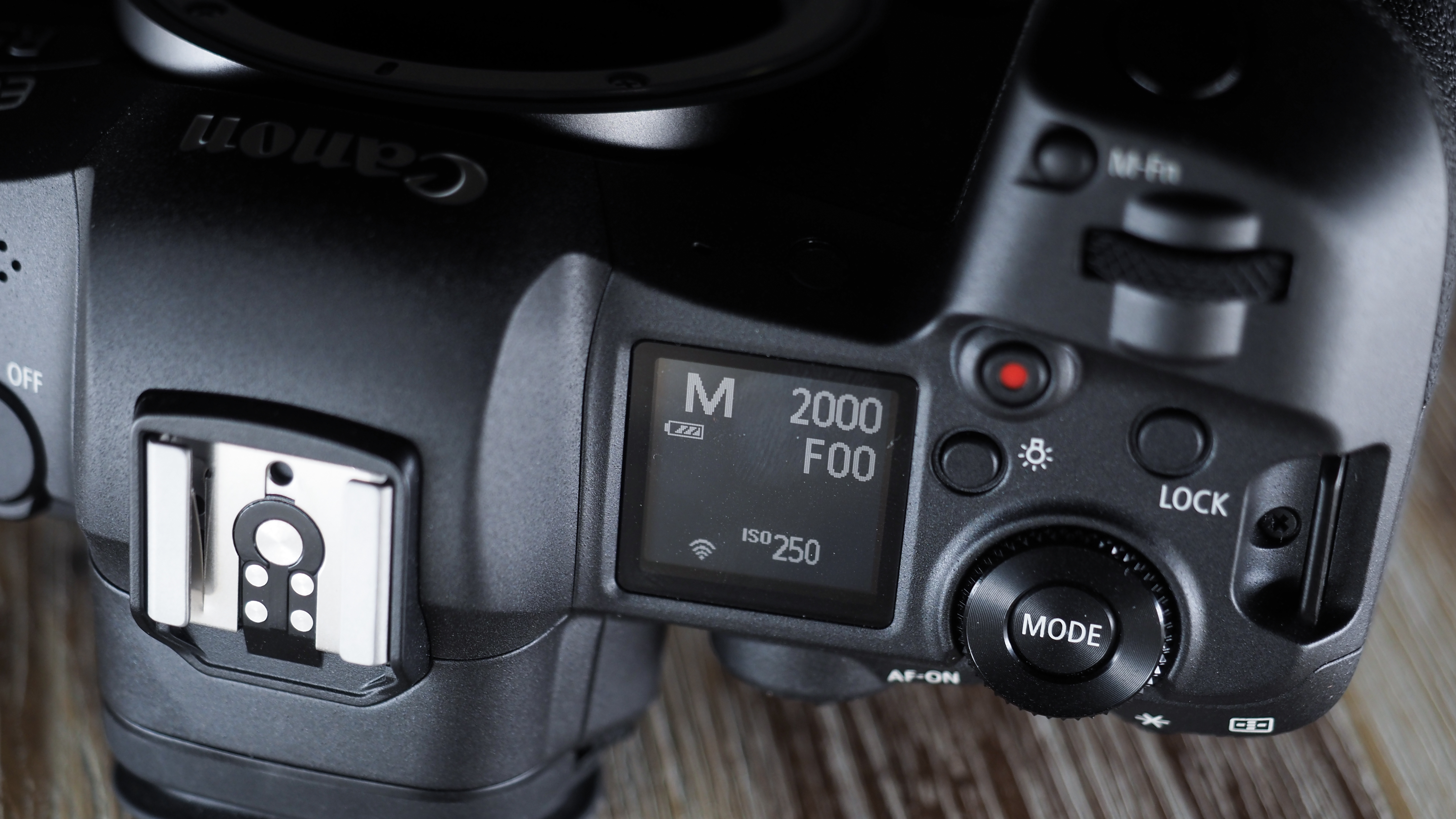
Build and handling: Key features
Such are the lofty specs of the Canon EOS R5 that virtually every feature is a key feature. Obviously the headline attraction here is the remarkable video capability. The R5 can capture full-width (uncropped) raw 8K video using the entire readout of the 35mm sensor – and it does so internally at up to 29.97fps in 4:2:2 12-bit Canon Log or HDR PQ (both H.265) in both UHD and DCI.
If you need even more than that, then you'll need to step up to the EOS R5 Mark II, which adds 8K 60p capture and Canon's C-Log2 profile. For most, though, the original EOS R5 has power to spare.
Its 4K capture is every bit as ferocious, recording at up to 119.88fps (in the same 4:2:2 Canon Log or HDR PQ, in UHD or DCI) with external HDMI recording up at up to 59.94fps. However, the R5 is much more than just a video behemoth.
Since the 8K DCI video has a resolution of 8,192 x 4,320, the camera has a Frame Grab function that enables you to take high-resolution 35.4MP stills (as JPEGs) from your footage – which is 5.1MP greater resolution than the Canon EOS R.
Read more: PhotoPlus: The Canon Magazine
All of this is thanks to the brand new 45MP image sensor, which Canon claims makes the R5 “the highest resolution EOS camera ever” – supposedly resolving even greater detail than the 50.6MP Canon EOS 5DS / R. This is thanks to the new low-pass filter design, which was introduced in the flagship Canon EOS-1D X Mark III.
Traditional low-pass filters (employed to get rid of moiré) employ dual-layer, four-point subsampling and introduce a layer of softness to images. Canon’s new tech features quad-layer, 16-point subsampling and combines it with a Gaussian distribution technique to deliver sharpness rivaling the Canon 5DS / R.
And if 45MP isn't enough, firmware version 1.8.1 brought an incredible 400MP high-res sensor shift mode. Note that this is a 400MP capture, and different to the 180MP upsampling feature in the newer EOS R5 Mark II
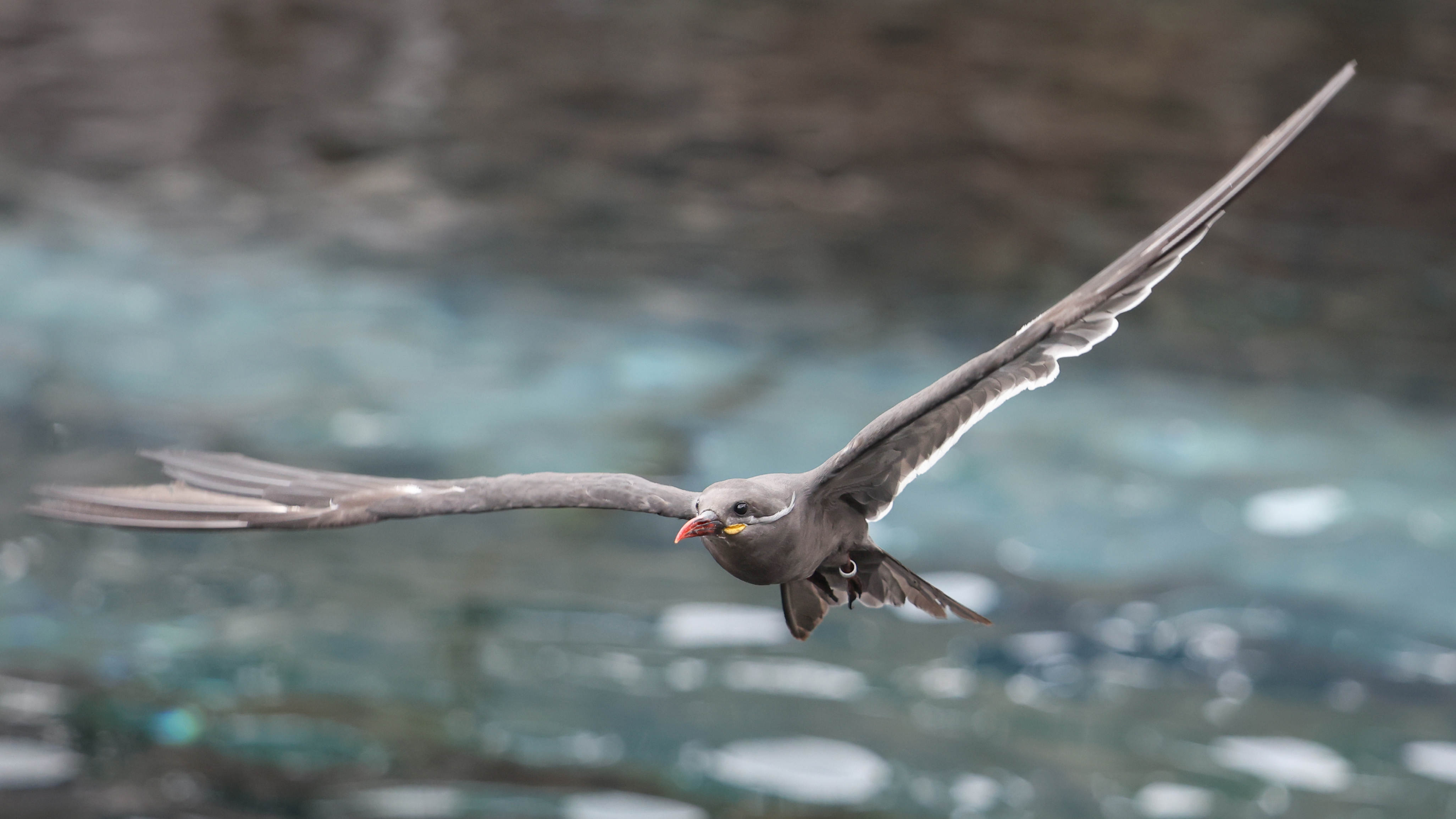
The flagship Canon EOS 1D X served as donor for much of the tech in the EOS R5. The AI-powered Deep Learning AF system has been transplanted, enabling the new camera to perform spookily accurate eye, face and head tracking. However, the R5 has a trick that even the Mark III doesn’t have; it is also capable of Animal AF that can track the eyes, faces and bodies of dogs, cats and birds – including birds in flight.
Underpinning the autofocus is the brand new Dual Pixel CMOS AF II – the latest generation of Canon’s much-lauded AF system. And best of all, all these autofocus technologies are available in stills as well as all video resolutions and frame-rates – with a staggering 5,940 AF points for photography and 4,500 for filming.
This has been developed even further in the EOS R5 Mark II, with specific people recognition and an action mode for following common sports moves. The EOS R5 is not necessarily the first Canon camera you would choose for sports and action, now that the EOS R3 and EOS R1 are on the scene, but it's still extremely competent.
And the continuous shooting speed is also on par with the older 1D X Mark III, as the R5 matches the flagship’s top speed of 20fps via the electronic shutter (and 12fps using the mechanical shutter). Backed up by dual card slots, including lightning-fast CFexpress support, this means that the R5 can stand toe-to-toe with sports cameras, video cameras and medium format cameras alike. If that's still not fast enough, then you will have to look instead at the EOS R5 Mark II, with its DIGIC Accelerator and 30fps continuous shooting.
Most excitingly, for long-suffering Canon users, the EOS R5 features the company’s agonizingly overdue implementation of 5-axis in-body stabilization. The wait, however, has been worth it, as Canon is now officially the king of IBIS – the R5 (and the Canon EOS R6) boasts up to 8 stops of CIPA-rated stabilization, depending on the lens.
While you get the top stability when using specific RF-mount glass, the IBIS also works with EF lenses, EF-S lenses, as well as ‘dumb’ lenses with no electrical contacts – that means vintage lenses, cinema lenses, lenses adapted from other camera systems… essentially any lens.
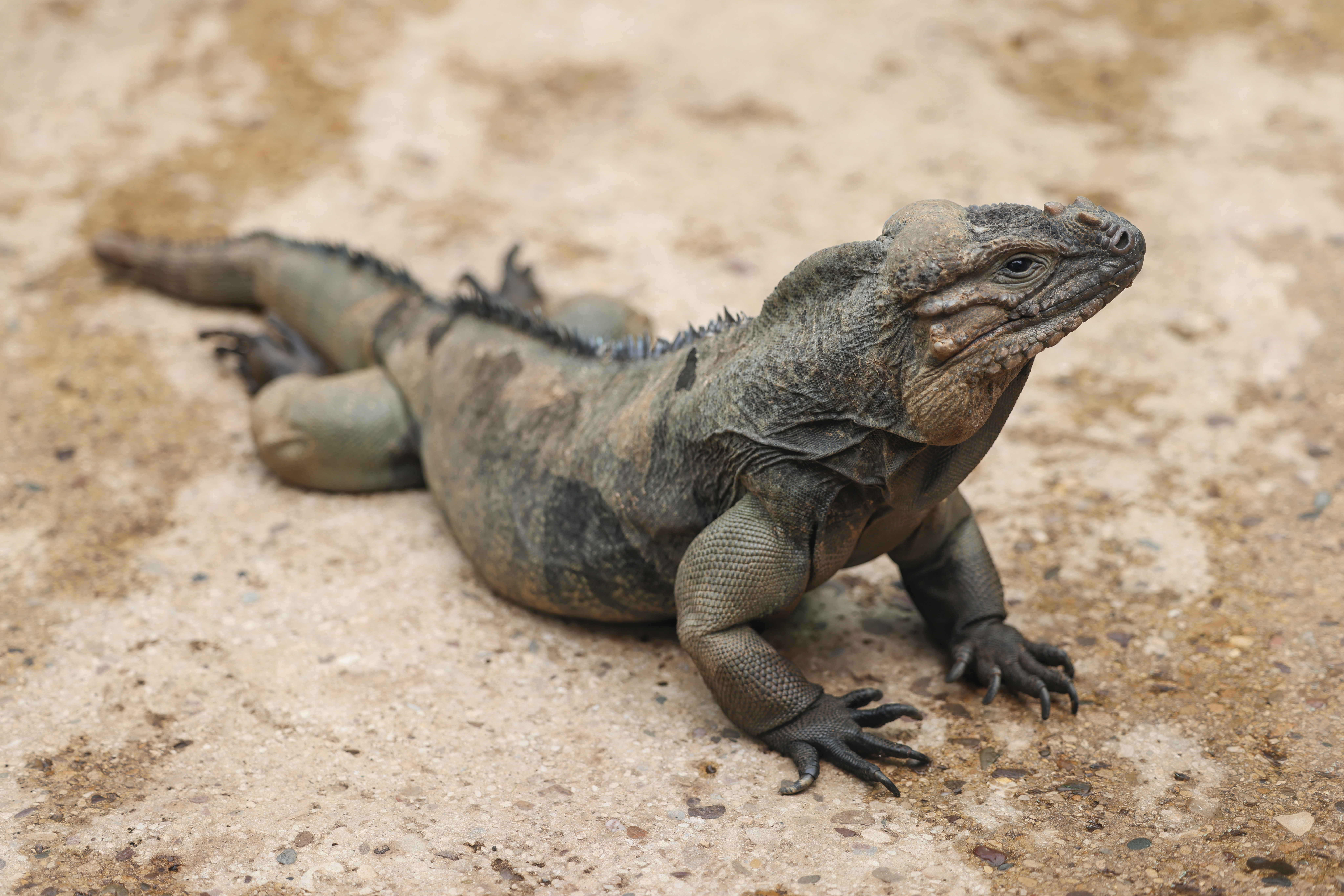
Canon EOS R5 : Build and handling
In the hand, the EOS R5 feels like a slightly beefier EOS R. It’s almost imperceptibly thicker (literally just 3.6mm), but it has notably more heft, weighing about 70g more. The weight is very evenly distributed, though, and the body feels very well balanced – indeed, the extra mass makes it feel a better match for some of the notoriously larger RF lenses.
From the top, the R5 is very similar to the EOS R and bears the same top OLED screen and mode button within the rear control dial. It’s the rear where the differences start to come into play, and the first thing you’ll notice is that the love-it-or-loathe it M-Fn touchbar has been abolished; in its place is a familiar joystick, with the AF-ON button assuming its more traditional position.
A control wheel has also replaced the individual D-pad buttons seen on the EOS R and Canon EOS RP, all of which makes the R5 feel much more like using a Canon EOS 5D Mark IV – fitting, as this is a 5-series camera intended to sit alongside its DSLR counterpart.
Thankfully the camera retains the fully articulating touchscreen seen on the EOS R and RP, which is obviously important for recording video (as well as taking stills from elevated or low angles).
Being a 5-series camera, you can expect the same robust weather sealing – though invariably, given that the mirrorless model is daintier (and also features an articulating screen), it doesn’t feel as sturdy as the 5D. For sure it will withstand some knocks, but unlike the DSLR you really wouldn’t want to drop it or leave it in the hands of children.
The R5 also features a brand new 2,130mAh battery, the LP-E6NH, which features 14% greater capacity than the LP-E6N that it replaces – and it’s backwards-compatible with any camera that accepts the LP-E6 family of batteries, so you can use it with your other cameras as well.
If you choose the EOS R5 Mark II instead, you'll see little difference in either the size or the construction, though there are some small changes to the controls – the power switch has moved – and the newer model has longer battery life.
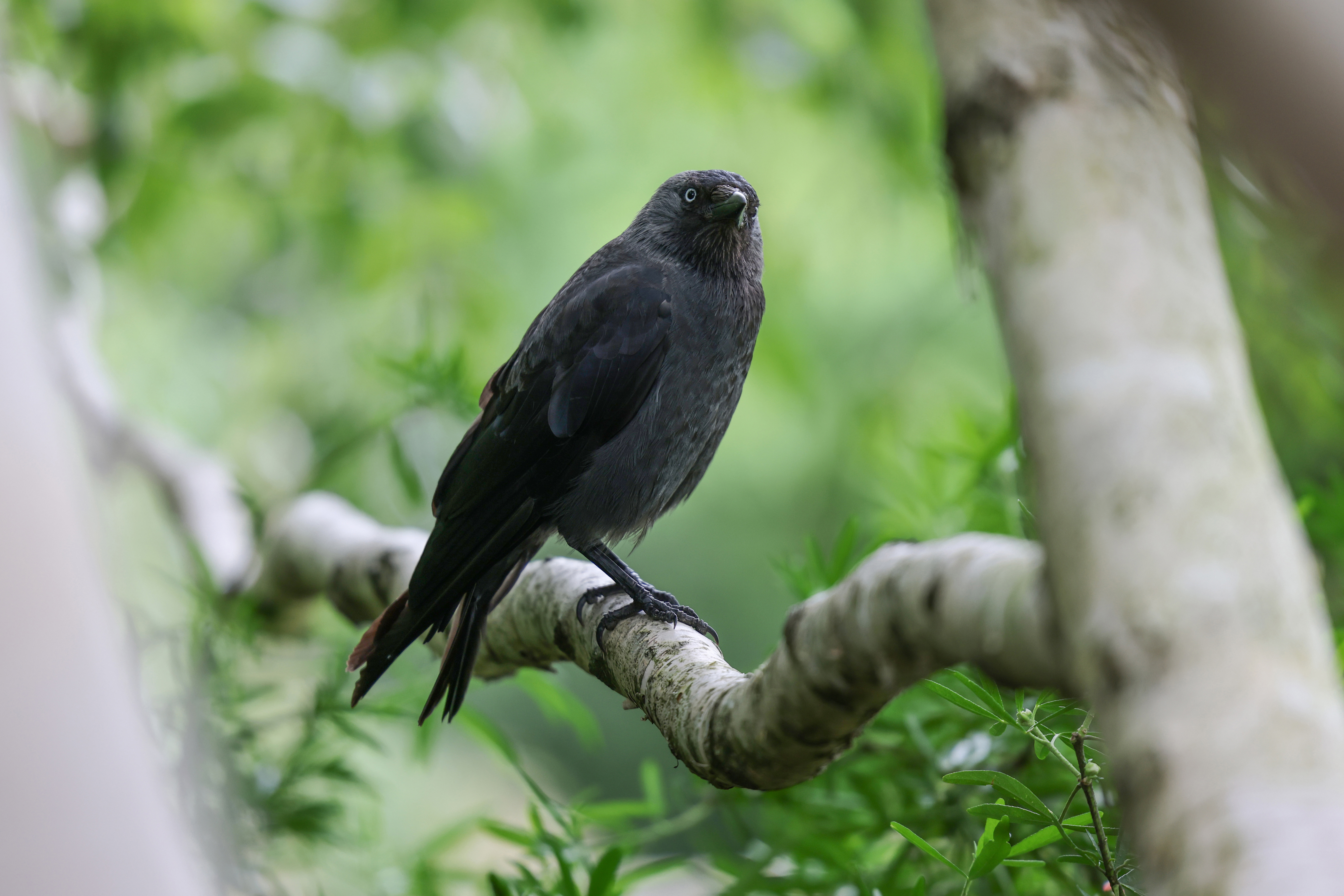
Canon EOS R5: Video Performance
Okay, let’s deal with the thing everyone’s talking about right away: yes, shooting anything above standard 4K 30p video will cause the Canon EOS R5 to heat up internally, thus necessitating recording limits to prevent overheating. These have been addressed with the Version 1.6.0 firmware update, which introduced new Standard and High temperature cutoff points. It's an effective fix but pretty low-tech – the camera runs longer because it's allowed to get hotter before it shuts down.
Shooting 4K 30p causes no overheating issues whatsoever, so you can shoot as much video as you like (all recordings are subject to the usual 30-minute limit per single file, but you can record as many 30-minute files as you like). However, limitations will be incurred the more demanding your video settings. So shooting 4K 60p will cause the camera to overheat in about 35 minutes, while shooting 8K 30p will result in overheating in about 20 minutes (original firmware) – after which you will need to allow the camera to cool down before recording again (a breakdown can be found here).
If you regularly shoot video above 4K 30p, this is definitely an issue. While it’s unusual for any production to shoot single 20-minute takes, the overheating issue is cumulative – so if you shoot a series of shorter videos, or if you shoot a lot of stills, the camera innards will already start to heat up, making it very difficult to gauge how much time you can actually record for. This is also affected by the temperature of your location; hot outdoor settings and direct sunlight will sap the record times further, making things unpredictable unless you're in a cool, controlled environment.
Again, none of this applies to 4K 30p – and we happily spent days on end shooting both 8K 30p and 4K 60p clips in-between stills without a single issue. However, if your primary interest is video first and stills second (if at all), we don't think the R5 will necessarily be the right choice and we strongly recommend taking it for a test drive to make your own determination.
Watch video: Canon EOS R5 sample 4K capture
If you don't fall foul of the recording limitations, though, you will behold 8K video that is astoundingly rich and detailed, while the oversampled 4K modes produce some of the best footage we've ever seen. The standard line-skipped 4K feels a bit pedestrian, however, and the Canon EOS R6 is actually superior in this regard as it doesn't feature line-skipping.
As you can see in the sample 4K videos above (at 60fps) and below (at 120fps), the quality is crystal clear and the powerful IBIS truly enables you to shoot gimbal-free in most situations. Just bear in mind that if you're going to be filming 8K, oversampled 4K or 4K 120p, you will need to invest in one of the best external hard drives because you will fill up memory cards and disc space fast. You'll also need a very beefy computer to actually process 8K, as some won't even open the videos – let alone handle editing and grading the footage.
There are other video restrictions worth being mindful of – you can't record the more demanding video modes (RAW, 8K 4K 120p and so on) unless you're using a CFexpress card, so bear that in mind if you're using SD.
Accordingly, you can't record your video to both cards, to create a redundant backup, so you will need to get comfortable working with proxies – and with the idea that should you have a card failure, you will lose your work. And of course, you can't record 8K or 4K footage using EF-S lenses, as this crops the recording area, or with movie cropping enabled (which obviously does the same).
Watch video: Canon EOS R5 sample 4K 120fps footage
Canon EOS R5 : Stills Performance
So, aside from the video restrictions, are there any other stings in the tail? In short, no – everything else behaves exactly as we all hoped and expected it would.
The 45MP photographs are stunning, with crisp detail that may or may not match the standard-setting EOS 5DS/R in terms of pure resolution, but taken side-by-side they certainly pass the eyeball test and look every bit as good. That said, we were surprised that the 5D Mark IV actually outperforms the R5 when it comes to ISO performance and dynamic range. If you're somebody who wants maximum play from your files in post production (such as for landscape photography), or if you want the cleanest files at high ISOs, the four-year-old DSLR will give you slightly better results.
A more pleasant surprise are the 35MP Frame Grabs that you can extract from 8K video. This is technology that has been seen in other cameras before, but never with the level of detail and fidelity seen here. Simply scrub through your 8K footage on the back of the camera, pinpoint the frame you want as a still, and push a button to produce a 35MP image – and it isn’t the kind of blurry, low-res still you get when you screenshot a YouTube video; it’s a pristine high-resolution file that looks like it was taken as a photograph on a camera with a very, very good 35MP sensor.
Of course, being that it is a JPG taken from a video, you get virtually zero dynamic range to play with – the video exposure is baked in, so you can’t recover anything from blown-out highlights (though there is still data to recover in the shadows). Still, provided that your lighting is right in the first place, yes – you can literally now film your photoshoot as a video, and simply pull the still frames you want from it afterwards. Cheating or not, it works and it’s brilliant.
Speaking of cheating, that’s what the new Animal AF is: it’s literally a cheat code for wildlife photography. Canon’s new Deep Learning algorithm is so good that all you have to do is point your camera at an animal and the R5 will recognize, track it and even focus on the eyes. The newer EOS R5 Mark II is better still, but the original EOS R5 is still pretty exceptional.

No need to move any focus points, no need to touch the joystick at all; just set the camera to ‘Subject: Animals’, stick it in C-AF and hold it towards an animal. Canon only certifies it for dogs, cats and birds, but we successfully tested it on lions, monkeys, turtles, iguanas, fish, skunks, meerkats, raccoons, sand squirrels, Fennec foxes… if it’s got eyes and a face, the R5 will almost certainly recognize it.
No exaggeration, this is genuinely game-changing technology that is probably going to put a lot of wildlife photographers out of business. Because you could put this camera in the hands of your children, and they would come home from the zoo with a whole load of in-focus pictures of animals. It’s that easy and that good.
And obviously the AF is even better when it comes to shooting human subjects, with a witchcraft-like ability to find and focus on faces and eyes in an instant – even when features are obscured or your tracking gets interrupted by hands, objects or passers-by. You can safely tell your Sony-owning friends that, yes, Canon now has the best autofocus in town – it really is black magic.
Best of all, these autofocus functions are all 100% available and effective when shooting video as well. So whether you’re filming videos of the bride and groom at a wedding, or footage of wild animals chasing each other across the Serengeti, the Canon EOS R5 will find your subjects and focus on them. The AF is spookily good – it’s just a shame that the R5 is haunted by the specter of its video.
Worth mentioning is the latest implementation of Canon's Dual Pixel RAW tech. This feature, which makes use of both photodiodes on a single pixel, was previously seen on the 5D Mark IV to ever-so-slightly change the focus in your images. While that was mostly unconvincing, here the technology is much more mature – and actually could be incredibly useful.
On the R5 you can change the clarity of your backgrounds (as if adjusting the same slider in Photoshop), but more impressively you can add a lighting source and modifier to change the lighting of your images in camera. So, if you have an underexposed face and you want to add a key light with barn doors to selectively brighten it, you can do it without Photoshop – and it works pretty well, especially using the touchscreen. Check out the video below:
Watch video: Portrait Relighting enables you to edit the lighting in-camera!
Canon EOS R5 : Lab data
We tested the Canon EOS R5 alongside competing cameras from the same era. We chose the Canon EOS 5D Mark IV, as the R5 could well be the indirect replacement for the DSLR. The Nikon Z7 and Sony A7R IV are obvious mirrorless rivals to the EOS R5, too, at least for stills shooting.
Resolution:
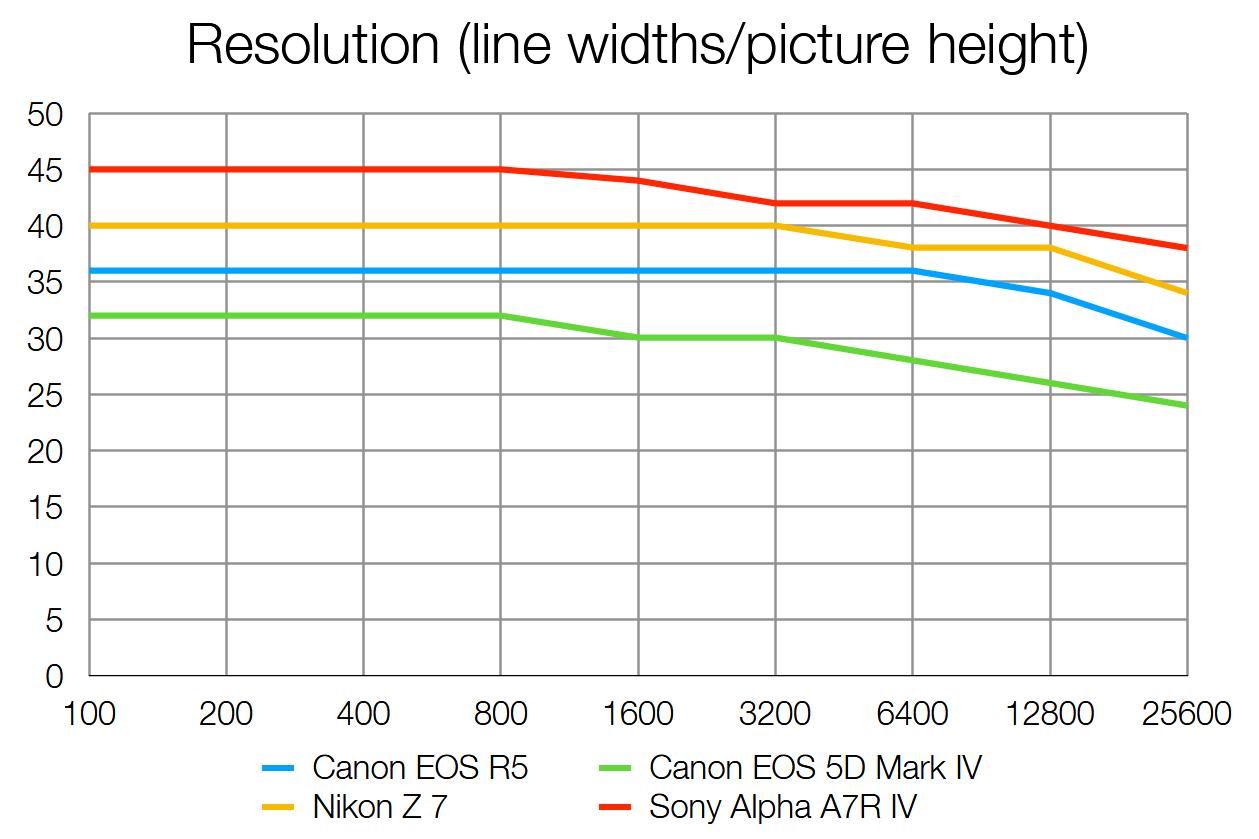
Our resolution test results mostly reflect what you'd expect from the varying megapixel counts offered by each camera. Unsurprisingly, the 61MP Sony A7R IV comes out on top and is the camera of choice for resolving the finest details. With 45.7 megapixels on tap, the Nikon Z7 comes in second to the Sony, yet it manages to score significantly higher than the 45MP EOS R5 – something we weren't expecting, given the two cameras have almost identical megapixel counts.
The reason for this discrepancy seems to be the Nikon's slightly better resistance to moiré interference, which is more prominent in the EOS R5's resolution chart images, and it affects our scoring. The EOS R5's real-world images are comparably sharp to those from the Z7. Predictably, with only 30.4MP, the 5D Mark IV can't quite compete with its mirrorless counterparts for fine detail capture.
Dynamic range:
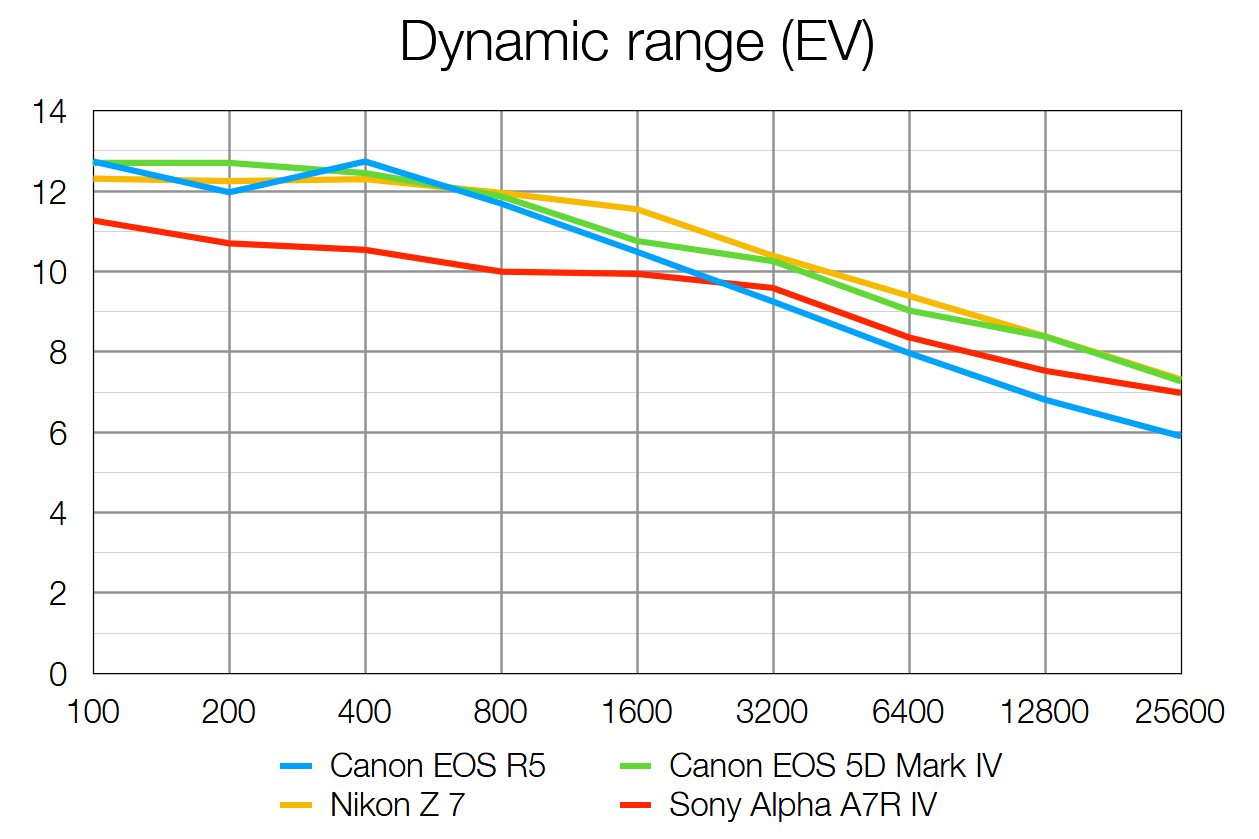
At lower sensitivities, up to ISO1600, the EOS R5 is capable of capturing similarly high dynamic range to its 5D IV DSLR sibling and the Nikon Z7. However, at higher sensitivities the new Canon can't quite stay at the top of the pile, with the 5D IV and Z7 capable of up to 2 stops more dynamic range than the R5. It's worth noting that any in-camera dynamic range enhancement is disabled for our lab testing, in order to get a level playing field.
Signal to noise ratio:
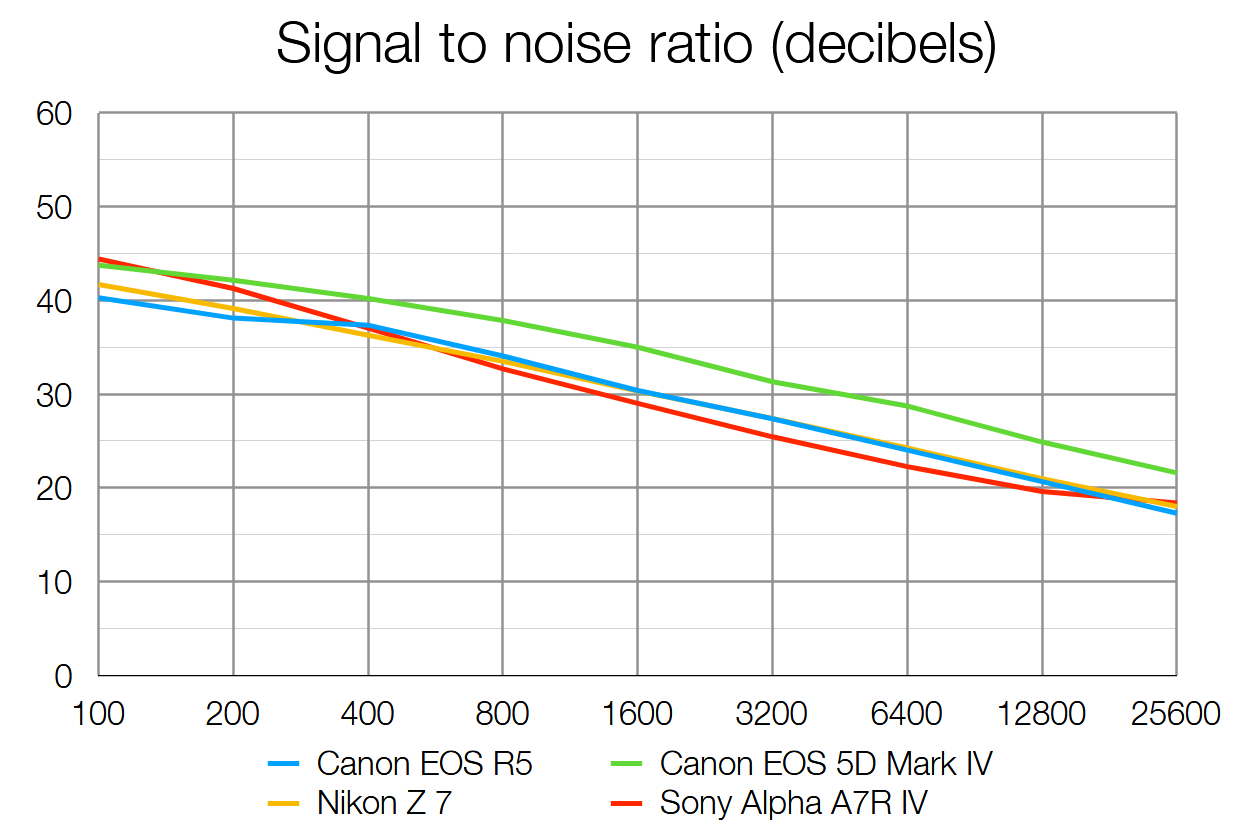
Our signal to noise test measures image clarity, specifically the ratio of the actual image 'data' you want to capture, versus the image noise that you don't want, but will inevitably be visible when shooting at higher ISO sensitivities. The higher the score at a given ISO sensitivity, the better.
Here the EOS R5 scores well, level-pegging with the Z7 and A7R IV throughout most of the tested sensitivity range. However, the good old 5D Mark IV generates cleaner images than the newer mirrorless cameras at ISO200 and above. This isn't all that surprising, as the DSLR's lower megapixel count is spread over the same full-frame sensor area, meaning that it has larger individual photosites that can be more light-sensitive and therefore generate less image noise.

Canon EOS R5: sample images
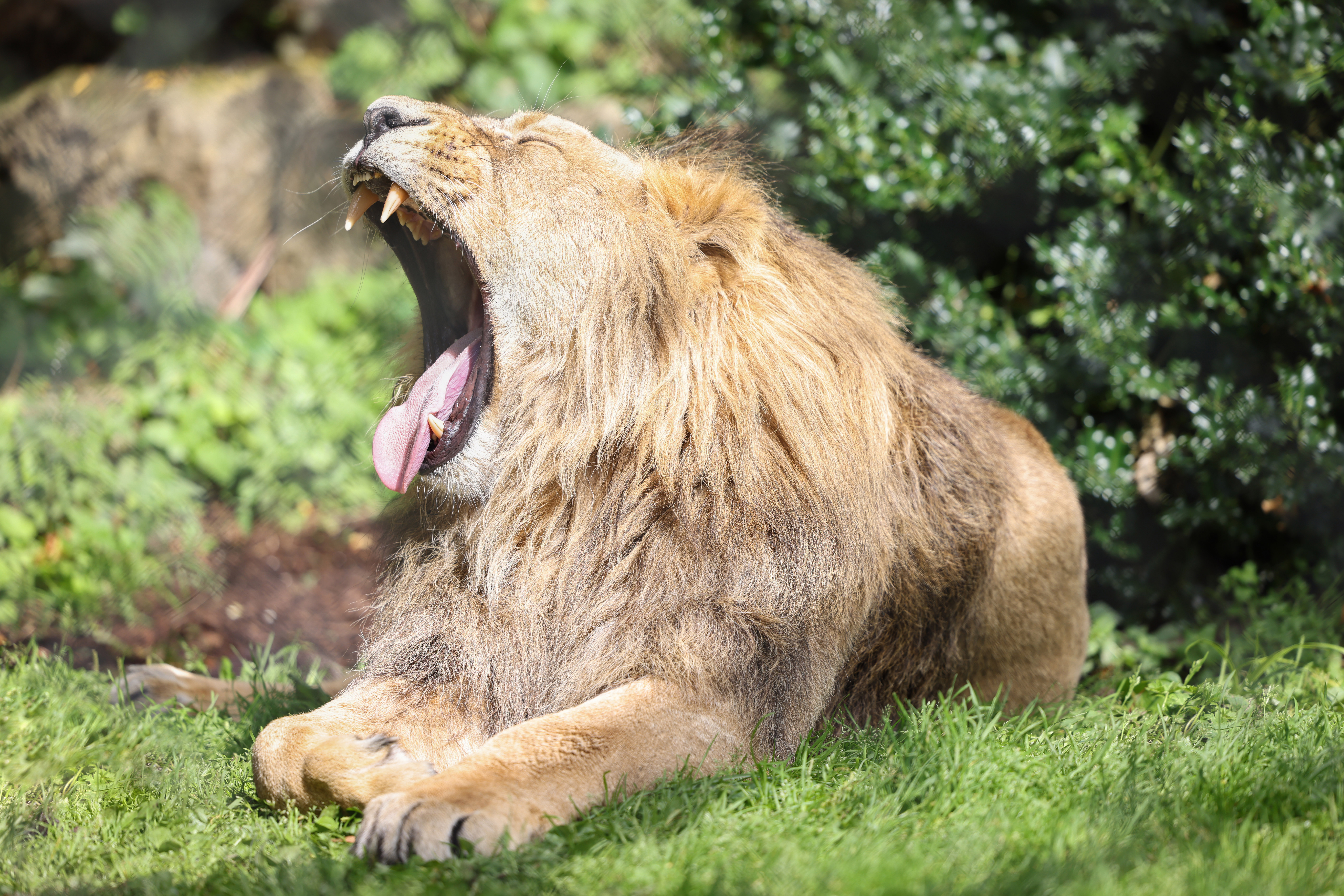


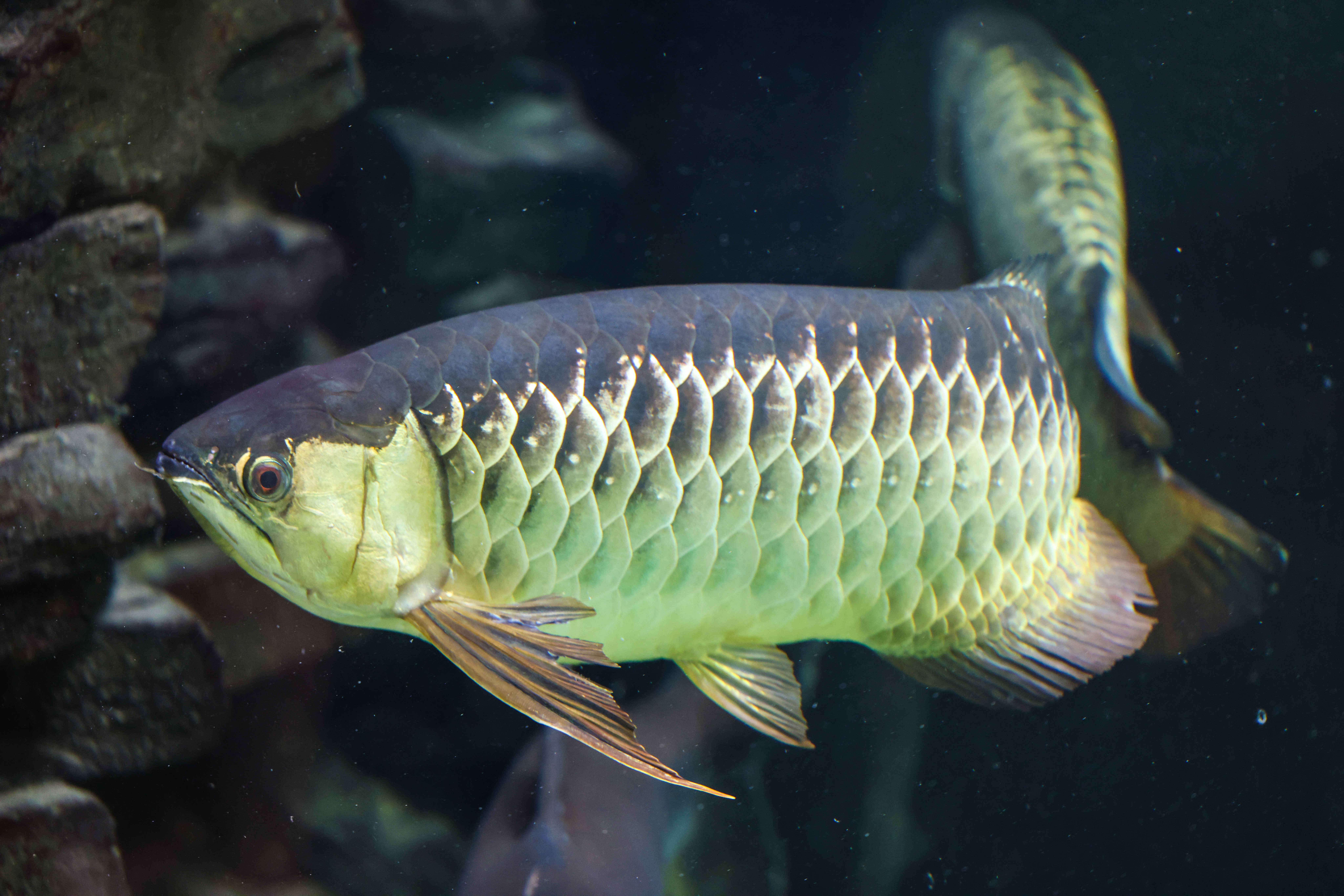
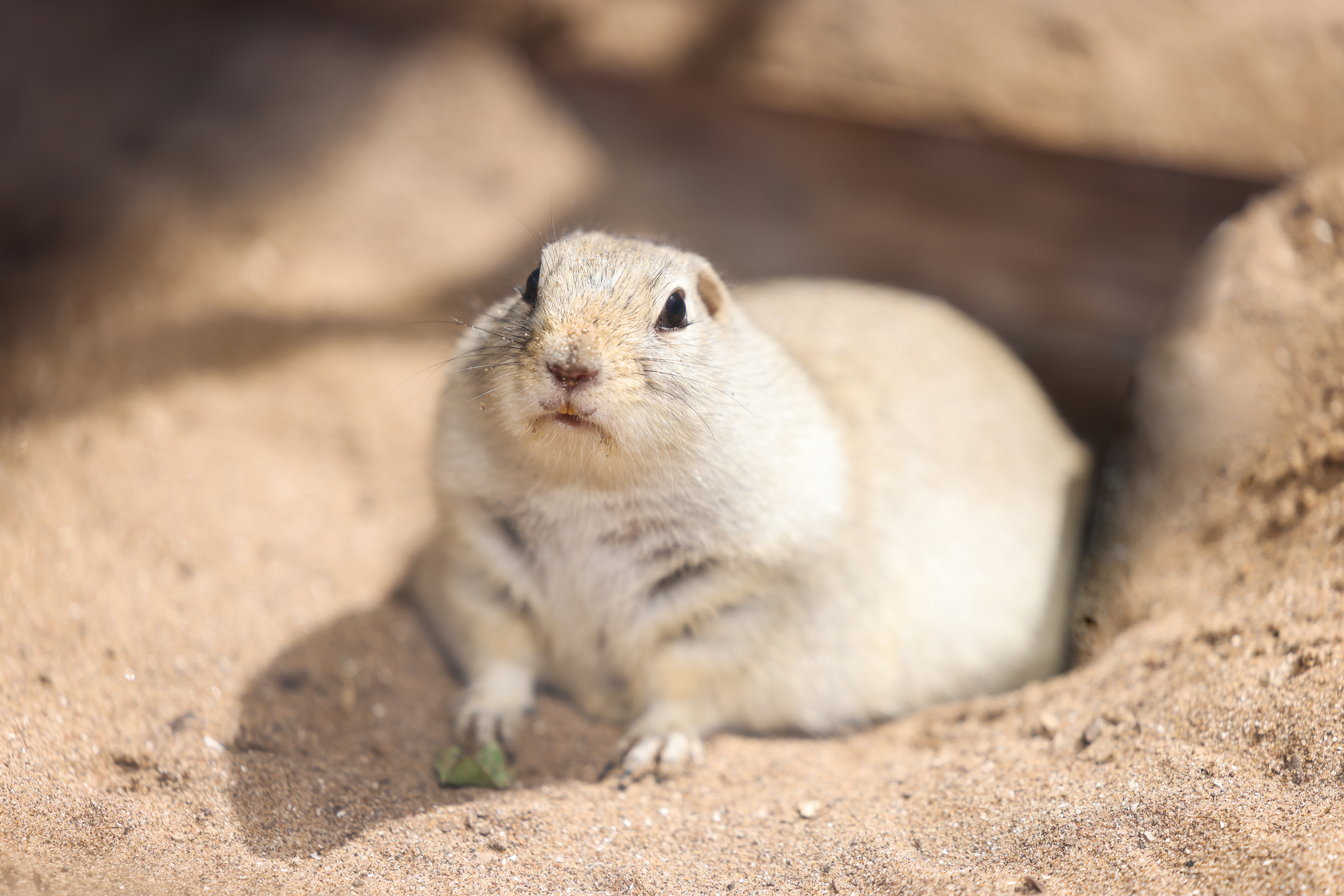

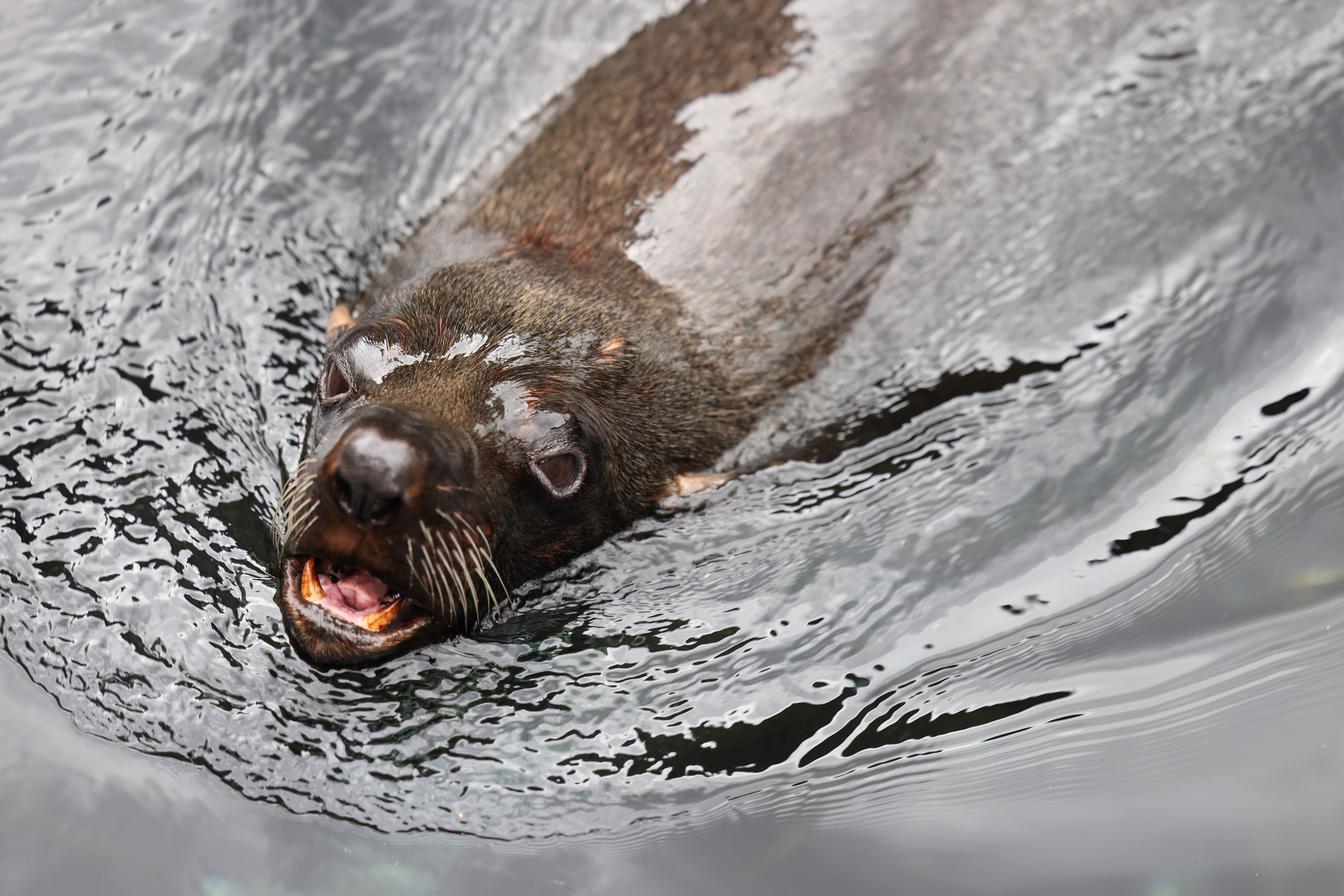
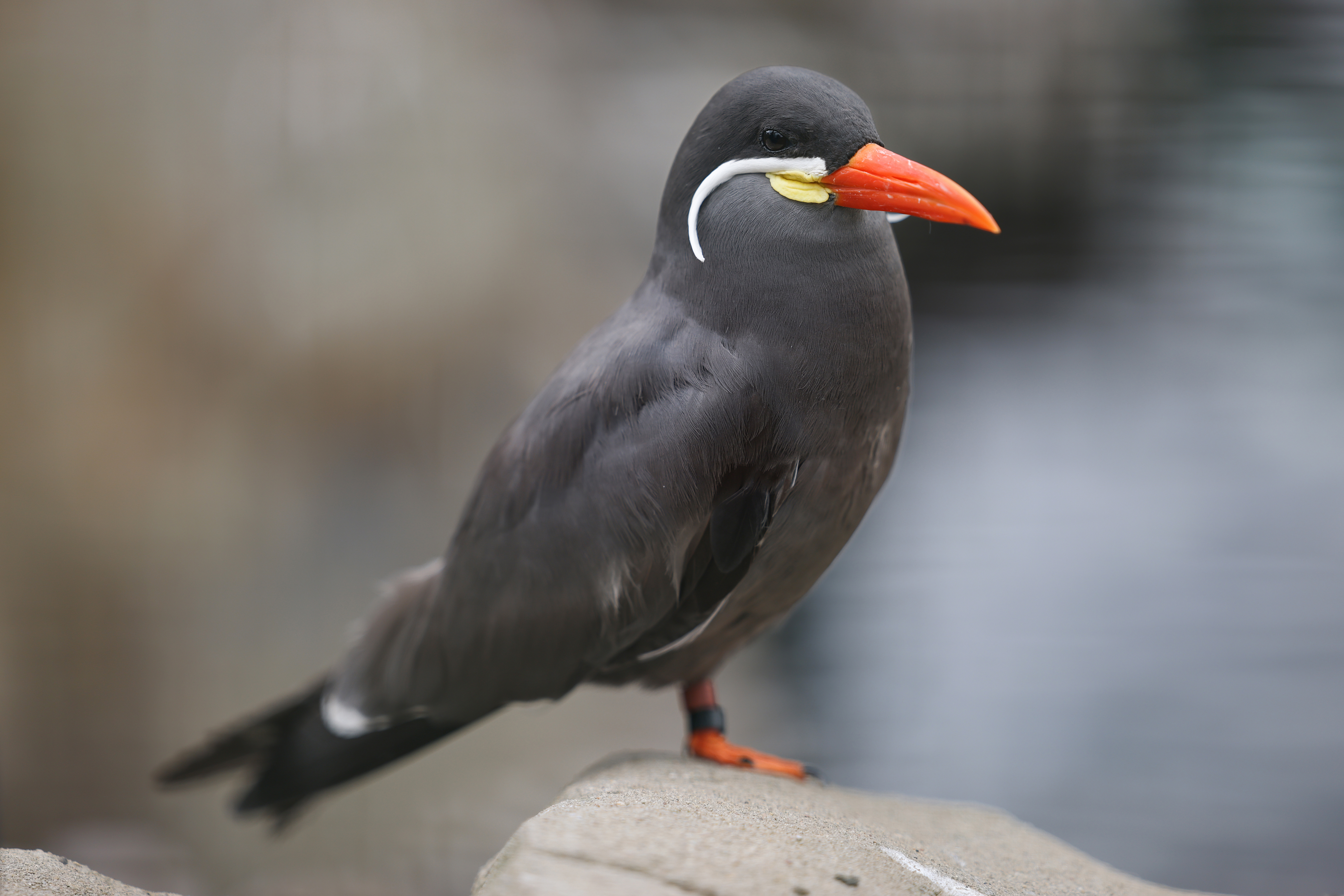
Canon EOS R5 : Verdict
The Canon EOS R5 is a real Jekyll and Hyde product. For photography, it is absolutely the camera to beat. Though the Sony A7R V has more megapixels, and while we're surprised that the 5D Mark IV has superior ISO and dynamic range, the gestalt properties of the R5 – the resolution, frame rates, IBIS, autofocus – make this hands-down the king of all-round, high resolution, high-speed photography.
The autofocus really can't be overstated. If you take pictures of people or animals, you will automatically benefit from the advantages that the R5 delivers. We'd go so far as to say that not only is it the best camera for wildlife photography, but that any serious wildlife shooter should really think about adopting it.
The image stabilization in the EOS R5 is the finest we've used on any full-frame system and is only bested by Micro Four Thirds cameras from Olympus and Panasonic (which feature superior IBIS because their sensors are so much smaller). It makes such a difference whether you're shooting in low light, with long shutter speeds, on long lenses, or filming video without a gimbal.
Alas, the video is the Mr Hyde of the equation. The reality is that we can’t recommend the Canon EOS R5 if your primary interest is pure video shooting. Don’t get us wrong, its video is incredible – but having to navigate the overheating restrictions prohibits this from being an A camera.
Thanks to Canon's firmware updates, it's perfectly possible to never once run into the recording limitations if you only film shorter videos, which for many people will actually be fine. And in short bursts, its top-tier 4K and 8K modes are truly stunning – but the more video you shoot, the less usable it becomes, making it hard to recommend for video-first use when there are other cameras that shoot above 4K 30p with no limits. Sadly, it's close to but not quite the magic camera that content creators and cinematographers hoped for.
However, as a stills camera, the R5 is simply Canon's finest product ever. It’s the perfect amalgamation of the EOS R’s form, the EOS 5D’s function, and the professional-grade autofocus of the EOS-1D X. If you're a stills or hybrid shooter who flits between photography and videography, the Canon EOS R5 is a remarkable piece of technology and one of the best cameras you will ever have the pleasure of using.
| Features | Resolution, speed, video – there's nothing this camera can't do | ★★★★★ |
| Design | Well made, nicely designed and a very efficient control layout | ★★★★☆ |
| Performance | Super stills and richly detailed 8K video | ★★★★★ |
| Value | Holds its price well, but good used examples give you a lot for your money | ★★★★☆ |
✅ Buy it...
- You want the highest resolution yet in Canon's mirrorless camera range
- You're looking for a lower-cost route into high-end stills and video
- You want the resolution and cropping capability of 8K and you don't need extended recording times
🚫 Don't buy it...
- If you mainly shoot 4K video, as there are better and cheaper alternatives
- If you shoot mainly sports, wildlife and action – the EOS R3 and R1 are made for this kind of work
- If you simply don't need 45MP resolution – 24MP is enough for a lot of professional needs
Alternatives
Nikon Z8: perhaps the most direct rival to the Canon EOS R5, the Nikon Z8 also combines 8K video capability with high-resolution stills and high-speed continuous shooting
Read the full review...
Sony A7R V: if you're more interested in outright resolution than sheer shooting speed, then the Sony A7R V is a very strong alternative to the EOS R5, offering 61MP not 45MP and matching its 8K video capability. It's also a close rival for AF capabilities.
Read the full review...
You might also like our Canon EOS R6 review, plus our guide to the best Canon RF lenses: the best lens for Canon EOS R, RP, R5, and R6 cameras.

James has 22 years experience as a journalist, serving as editor of Digital Camera World for 6 of them. He started working in the photography industry in 2014, product testing and shooting ad campaigns for Olympus, as well as clients like Aston Martin Racing, Elinchrom and L'Oréal. An Olympus / OM System, Canon and Hasselblad shooter, he has a wealth of knowledge on cameras of all makes – and he loves instant cameras, too.
